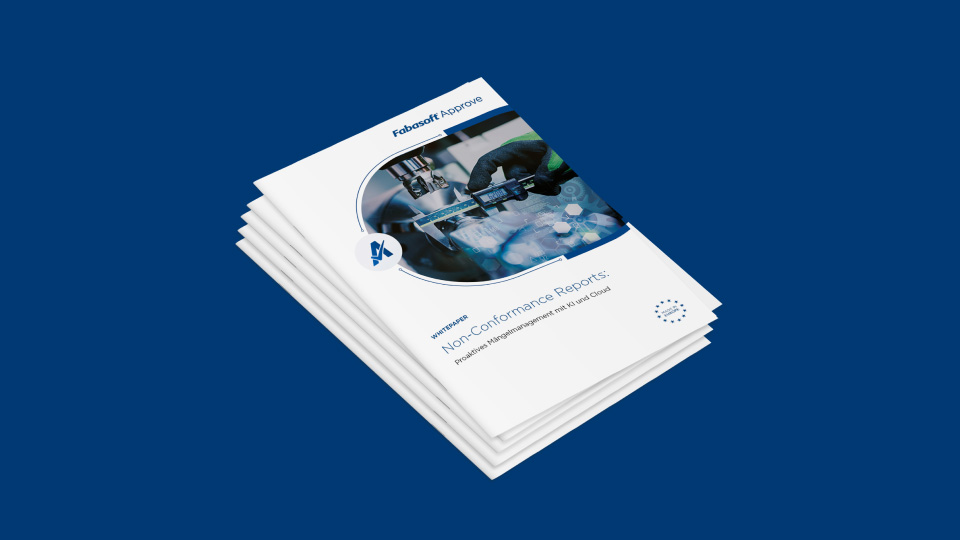Digital transformation is one of the greatest chances for today’s organisations to succeed in the transition from manual interaction to automated workflow execution. However, if done poorly the results will be felt both by your customers as well as by your employees. But when it is done properly and the digitised solution achieves the expected benefits, the internal user experience along with the customer experience will be more effective and performant. Organisations should always focus on the requirements and expectations of their internal as well as their external customers in their entirety and design the automated workflows with that enrichment in mind.
The EU Digital Transformation Scoreboard 2018 enumerates several examples from different industries:
- Digital transformation solutions hold promises to flip the traditional ways in which healthcare is managed and delivered, thereby streamlining processes, reducing costs, opening new business opportunities and improving the overall public health.
- The digitalisation of mechanical engineering presents immense benefits for European companies in terms of productivity and performance. To unlock the full potential of the Cloud and data for SMEs, more action is needed to standardise data treatment and scale-up investments in digital infrastructure.
- With high-performance solutions that facilitate document digitisation, updates are made directly from Cloud applications or via smartphones and signed electronically, but the designated employee follows up the entire customer experience for bi-modal (digital/manual) performance.
Ensuring that the final step – which is often a manual interaction – is delivered well by your employees requires an understanding of your customers’ expectations and precise information. This also implies that users expect clearly defined and up-to-date rules and processes which make sense and do not overload them. They also expect to have the appropriate tools, resources and trainings to do their job according to those expectations.
With regard to digital transformation, the following two fundamental aspects are relevant:
- Companies and users agree that digitised solutions used to execute complex and/or repetitive tasks that put too much pressure on them, are part of the new standard. But they must be convinced that these new and automated solutions can be trusted and are delivering the latest and most relevant information.
- Employees who interact directly into their customers journey and genuinely want to understand and support them efficiently will only be able to do so if systems and information are integrated, accurate and effective. On the other hand, while customers accept the interaction with seamlessly digitised services such as chatbots, they also expect to receive the right assistance from the employees. This can only be efficient if the respective employees are well informed and have access to the relevant and latest information. Failure in this respect will lead to frustration, which in turn will result in dissatisfaction on both sides and engender a lack of engagement on the part of the employees.
Companies can manage these challenges by integrating new performant and efficient technologies which will definitely improve the customers' journey: for example, by employing user-friendly automated systems. These may be interacting chatbots which understand the customers' needs upfront and seamlessly transfer the conversation to the right employee who has access to the required information, if necessary.
To achieve this objective, it is of the utmost importance for companies to collaborate with the right digital transformation partner who can offer the necessary tools and services and has a local presence. On that basis, a new level of satisfaction with integrated and automated workflows can be realised.
While there is no universal solution on the market, companies placing a high level of importance on the needs of both their customers and their employees understand the different processes which lead to a perfect customer experience. They need to be ready to continuously refine their digital transformation by adopting bi-modal services, software/real employees, in order to achieve a maximum of customer satisfaction.




